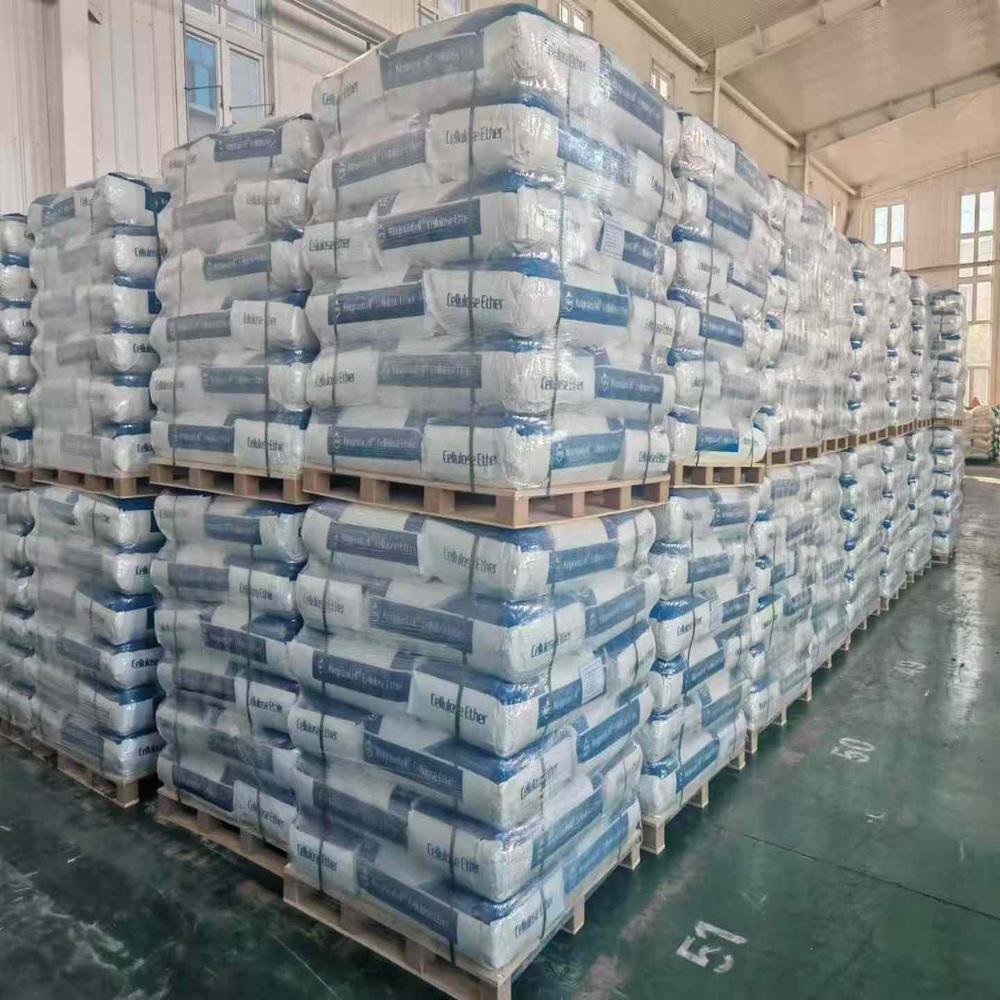Introduction
In the modern industrial landscape, Cellulose ethers have emerged as one of the most versatile and indispensable materials. Derived from natural cellulose, these chemical compounds are modified to enhance their solubility, stability, and performance in various applications. Industries ranging from construction and pharmaceuticals to food processing and cosmetics rely heavily on cellulose ethers for their unique properties. Their ability to act as thickeners, stabilizers, binders, and film-formers makes them essential in achieving high-quality products that meet modern manufacturing demands.
Understanding Cellulose Ethers
Cellulose ethers are a group of water-soluble polymers made by chemically modifying cellulose. The natural cellulose source, usually derived from wood pulp or cotton, undergoes reactions to produce derivatives with improved performance characteristics. Common types of cellulose ethers include methyl cellulose (MC), hydroxypropyl methyl cellulose (HPMC), hydroxyethyl cellulose (HEC), and carboxymethyl cellulose (CMC). These variations are chosen based on the specific needs of the manufacturing process, with each type offering unique benefits in terms of viscosity control, water retention, and stability.
Role of Cellulose Ethers in Construction
In the construction industry, cellulose ethers play a crucial role in improving the performance of cement-based and gypsum-based products. They are widely used in tile adhesives, wall putty, mortars, and plasters. By enhancing water retention, they ensure proper hydration of cement, which increases bond strength and durability. Additionally, their thickening properties improve workability, making application easier and more consistent. The use of cellulose ethers in modern construction materials also helps reduce sagging, improve adhesion, and enhance open time, which is critical for professional results.
Importance in the Pharmaceutical Industry
The pharmaceutical industry extensively uses cellulose ethers as excipients in drug formulations. They serve as binders in tablets, film-coating agents, and controlled-release agents in medication delivery systems. Their non-toxic, biocompatible, and stable nature ensures that they meet stringent regulatory standards. For example, hydroxypropyl methyl cellulose (HPMC) is frequently used in capsule shells as a vegetarian alternative to gelatin. In liquid medicines and eye drops, cellulose ethers function as thickeners and stabilizers, improving consistency and patient experience.
Application in the Food Industry
Cellulose ethers are vital in the food industry, where they are used as food additives for texture improvement, stabilization, and moisture retention. They can be found in sauces, baked goods, ice creams, and processed meats. In bakery products, cellulose ethers enhance dough elasticity, improve water absorption, and extend shelf life by retaining moisture. In frozen desserts, they prevent ice crystal formation, ensuring a smoother texture. Their ability to function without altering taste or aroma makes them an ideal choice for food manufacturers worldwide.
Role in Paints and Coatings
In paints, coatings, and adhesives, cellulose ethers provide excellent rheology control, ensuring even application and smooth finishes. They prevent pigment settling, improve brushability, and help maintain a consistent texture. By adjusting viscosity, manufacturers can achieve the desired flow and leveling properties in different types of paints, from water-based to oil-based systems. Their compatibility with various formulations ensures that cellulose ethers remain a preferred additive in the coatings industry.
Uses in Personal Care and Cosmetics
In cosmetics and personal care products, cellulose ethers are valued for their thickening, emulsifying, and stabilizing properties. They are used in creams, shampoos, lotions, and gels to improve texture, viscosity, and shelf stability. Their ability to provide a smooth and pleasant application experience makes them ideal for skin care and hair care formulations. Furthermore, cellulose ethers are safe for sensitive skin, non-irritating, and biodegradable, aligning with consumer demand for eco-friendly and sustainable beauty products.
Environmental and Sustainability Benefits
Cellulose ethers are derived from renewable natural sources, making them an environmentally responsible choice for manufacturers. Their biodegradability ensures minimal environmental impact after use. Additionally, the versatility of cellulose ethers allows manufacturers to replace synthetic and petroleum-based additives with a more sustainable alternative. As industries move toward greener solutions, the use of cellulose ethers is expected to grow significantly.
Conclusion
In modern manufacturing, cellulose ethers are indispensable due to their versatility, performance-enhancing properties, and sustainability benefits. From construction materials and pharmaceuticals to food processing, cosmetics, and paints, these compounds deliver consistent results that meet industry standards. Their ability to improve product quality, extend shelf life, enhance application performance, and support eco-friendly initiatives makes them a preferred choice across multiple sectors. As industries continue to innovate, the demand for cellulose ethers will only increase, solidifying their position as an essential ingredient in shaping the future of manufacturing.
